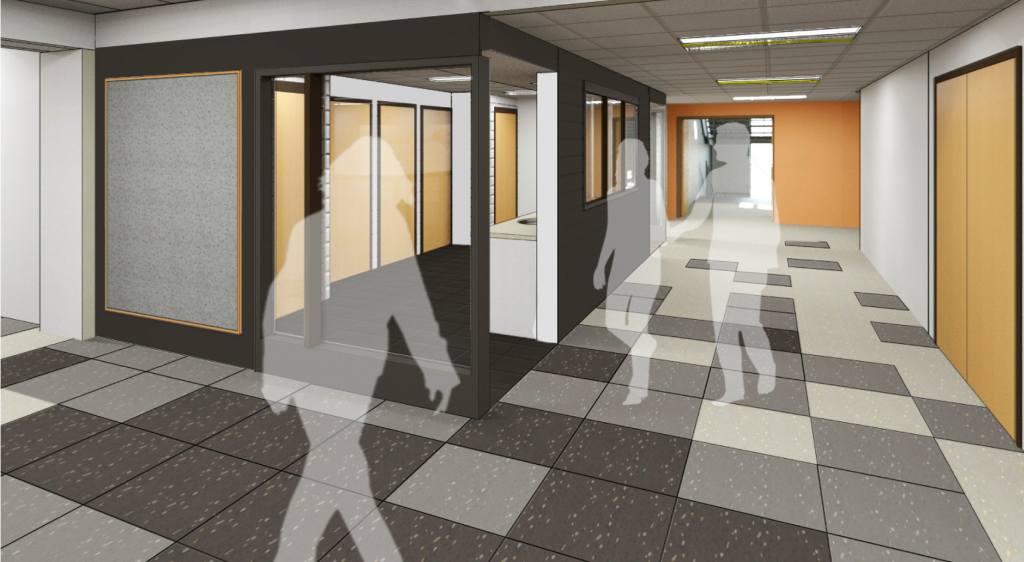
Inclusivity is at the heart of much of modern educational practice, and for many schools and students, the public toilets are a glaring reminder of attitudes and models of a past era that don’t necessarily serve the realities of today’s existence. Bullying, smoking, vandalism and criminal activity have often flourished in these spaces, making them unusable for vulnerable students. Many schools and organisations are redesigning their washroom spaces to enable all students to have access to the toilet – a basic human right that is often denied due to the realities of life for many youths.
The debate over inclusive toilets is intense and fraught. In the United States, the various state bills that allow or deny transgender individuals access to their choice of gendered public restroom have created major controversy about what constitutes human rights and gender identity. Feelings about whether it is necessary or useful to separate toilet facilities along a binary gender divide are strong and are polarising communities and politicising the issue of toilet space in the public sphere.
Why is this issue so important for schools to deal with and what do school leaders need to do to create effective spaces that accommodate everyone?
Building codes and legislation are often the main drivers of change and many organisations will respond reactively to changes in legal requirements, however, ethically, this may be a very irresponsible approach.
Dangers and Fears
Bullying is a major problem in schools. A 2016 report by Ditch the Label, an anti-bullying charity, shows that 50 per cent of UK students have been bullied at some point and that 11 per cent are bullied on a daily basis. In another study by the London School of Hygiene and Tropical Medicine, 16 per cent of secondary-level boys reported bad things happening in the school toilets.
In addition to being a haven for bullying, traditional toilet facilities are becoming more and more problematic as awareness of the non-binary nature of gender is increasing. According to another report by the Cunningham Group, population studies estimate that between 0.5 per cent and 2 per cent of the population have strong feelings of being transgender, and that at least 0.5 per cent of the population has taken some steps toward transitioning their gender. In one of the most comprehensive surveys of the United States’ transgender population, a notably high rate of discrimination was reported in a variety of settings and forms. 78 per cent of transgender people reported being harassed at school by students, teachers or staff, while 35 per cent reported being physically assaulted and 41 per cent reported attempting suicide at some point in their life.